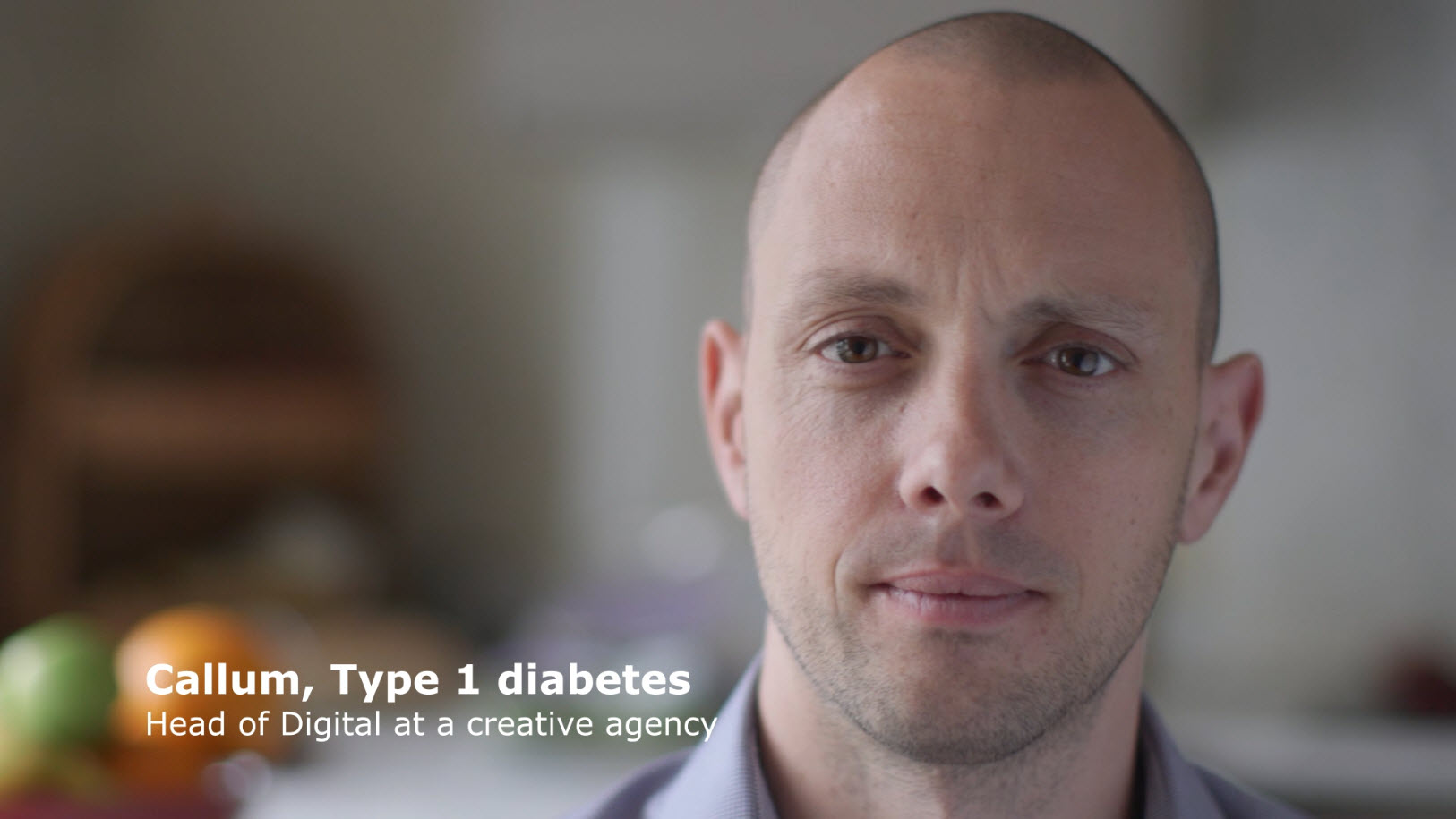https://soundcloud.com/user-88360655/covid-19-remote-learning/s-02R7QWaKRTo
HOST: Like many cities around the country in an effort to slow the spread of the COVID 19 pandemic, New York City Public Schools have switched over to remote learning since last month. Over 1 million students and 75,000 teachers are now working from home, and some are struggling to adjust to the new format. This new mode of instruction has greatly limited the ability of teachers to work closely with their students, and have posed problems for students who require one-on-one assistance for their educational success, like special education teachers.
Recently, Mayor DeBlasio announced that New York City Public Schools would be closing for the remainder of the school year, causing much frustration and uncertainty for teachers across the city. Therese Rodrigues has the story.
ACT: Bill de Blasio school closure announcement on March 11, DE BLASIO: After very careful consideration, I announced today that the New York City Public Schools will remain closed for the remainder of this school year. Having to tell you that we can not bring our schools back for the remainder of this year is painful, but, I can also tell you, it’s the right thing to do.
AMBI: Sounds of online class
TRACK: This is not a conventional classroom. There are no whiteboards, posters, or desks. Only a teacher, her books, and a computer. Aloma Rodrigues is a 5th grade Special Education teacher at P.S. 97 in Queens. She is looking into her laptop camera, and her students smile back at her. Some are trying to talk to their friends who they haven’t seen in weeks, others are distracted by their siblings and parents in the background. She tries to get their attention, which proves to be a difficult task.
AMBI: Sounds of online class
TRACK: Rodrigues teaches a self-contained class of 12 students. Each child has special educational needs and requires extensive individual attention. She, along with many other educators, have had difficulties adjusting to teaching from home.
AMBI: Sounds of online class
ACT: RODRIGUES: So, the remote learning format has been stressful and challenging for me. It takes a lot of time to look for resources, just to make sure that you’re finding the right one that’s appropriate for your students’ needs, so it takes a lot out of your time.
TRACK: The majority of Rodrigues’ job consists of one on one instruction. Her students each have unique sets of educational needs, which is difficult to accommodate in online instruction.
ACT: RODRIGUES: I feel as though my role as a teacher has changed, in the fact that I don’t feel like I’m actually teaching the kids, I’m just assigning work for them to do, and the kids are basically left to figure it out on their own.
TRACK: Coordinating with parents is essential in remote learning. They have been tasked with the responsibility of making sure their children complete their work. Communication with parents, however, has been difficult.
ACT: RODRIGUES: It has been very challenging dealing with the parents. A lot of times, I’ve been sending out multiple messages a day, just to make sure that the kids are doing their work on time, and parents are not responding to the messages, so it’s been very challenging.
TRACK: For elementary school students, remote learning consists more of online assignments than video calls or conferences. Students have had difficulty adjusting to this new format.
ACT: RODRIGUES: I’ve noticed a lot of changes in my students. For some kids, they’re producing work that’s really outstanding- and I know that they’re not doing the work themselves, and they’re getting help. And on the other hand, I know that kids are not putting their best effort in their work, I know they can do a lot more.
TRACK: Although Rodrigues tries to schedule daily meetings with her students, she feels as if the experience is inadequate in replicating the dynamics of her normal classroom.
ACT: RODRIGUES: When we have a Google Meeting to do a read-aloud, sometimes you have six students showing up, or you have students showing up maybe five minutes before the meeting is over, and some days only three students show up, depending on the day, or I guess, how late they went to bed that night.
AMBI: Sounds of online class
TRACK: The parents of these students have also had to adjust to the new learning format. Remote Learning requires extensive parental or guardian support, as children do not have the same organized schedule as they do during class. Anisha Ramjattee, the mother of a student in Rodrigues’ class, expressed her thoughts on the new learning format.
TRACK: Ramjattee is grateful for teachers’ support during the transition
ACT: RAMJATTE: He adjusted to remote learning faster than I thought he was going to, because of the teacher’s help, it made it very simple and easy for him.
TRACK: Her child, like many others, found trouble focusing on assignments and working independently.
ACT: RAMJATTE: The challenge that he faced in remote learning was working independently by himself. Also at the beginning, me as a parent, having to go over the assignment with him.
TRACK: Although Ramjattee is grateful for the support her child has received so far, the remote learning system is far from perfect.
ACT: RAMJATTE: If I could change anything about remote learning, it would be for all the teachers to work together, and send all of the work in one page.
TRACK: Another issue teachers have faced is coordination. Students have separate classes for Art, Technology, Dance, and Physical Education, but it is often confusing for children to balance the workloads from all of their classes.
AMBI: Sounds of online class
TRACK: With schools closed until September, teachers, parents, and students alike have no option but to adapt to the new format. What that entails continues to evolve. For Baruch College, I’m Therese Rodrigues.



